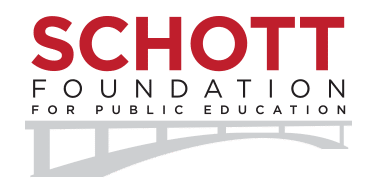Report
Our Communities Left Behind: An Analysis of the Administration’s School Turnaround Policies
No one disputes the critical need for action to improve low-performing schools. There is no question that thousands of schools across the country can and should do better—that both internal and external obstacles get in the way of delivering what we have always promised to all our nation’s young people: a free and excellent public education.
The Obama Administration and Congress are currently debating the details of the reauthorization of the Elementary and Secondary Education Act (ESEA). As part of that process, the Department of Education (ED) is revisiting old territory through its School Improvement Grants (SIG) program, hoping that adding teeth to the largely unsuccessful turnaround strategies of No Child Left Behind will somehow result in different outcomes for struggling schools.
We believe that the school turnaround strategies being implemented through the SIG program are time-tested and flawed. While the Administration is right to call for dramatic action and to recognize that significant progress is not possible without added resources to support school improvement, it’s time to look at new directions. The critical questions we must ask are:
- What do research and experience tell us about the most promising models of school change?
- How can we implement reform that is sustainable over time, and
- Who must be at the table to ensure successful reform?
Communities for Excellent Public Schools (CEPS), a new national coalition of community-based organizations composed of parents and students in low-income communities, is entering the debate. For too long, our communities have been the targets of top-down school improvement efforts. Under No Child Left Behind unilateral schools closings, staff firings and charter conversions were tried—and failed to deliver the widespread and sustainable improvements that our students and schools need and deserve. The school turnaround proposals outlined in the Administration’s “Blueprint for Reform: The Reauthorization of the Elementary and Secondary Education Act” and being tested through the School Improvement Grants program are not new—only more prescriptive. They continue a practice of rigid, top-down solutions that are not supported by research, and that exclude meaningful input by parents, students and local communities, despite a growing body of research that demonstrates parent and community participation are critical to improving low-performing schools.

